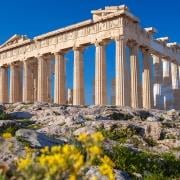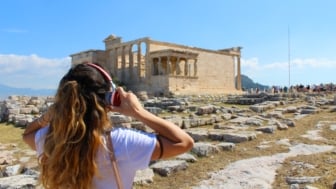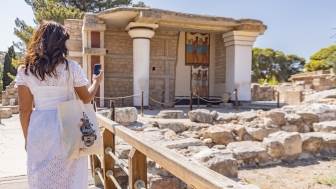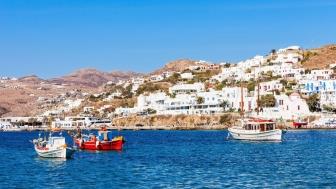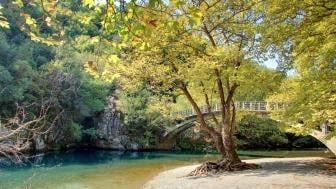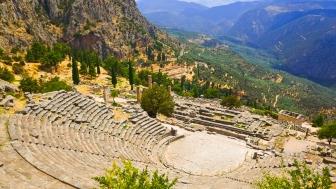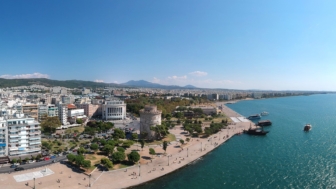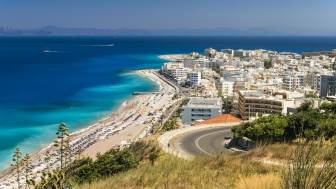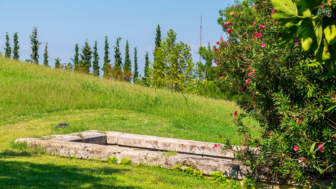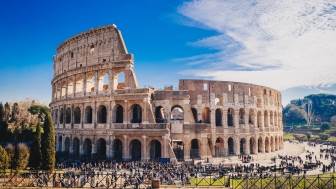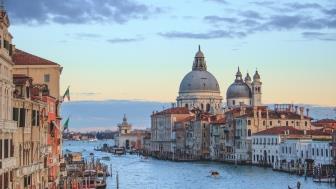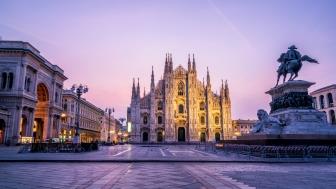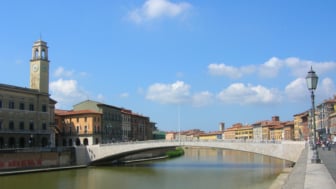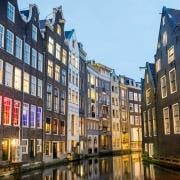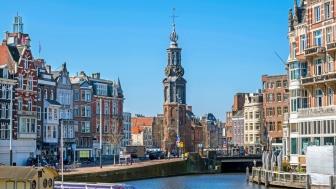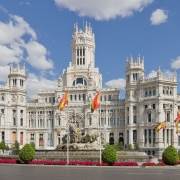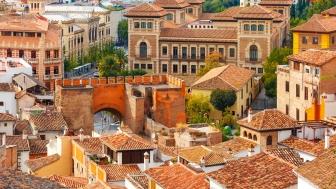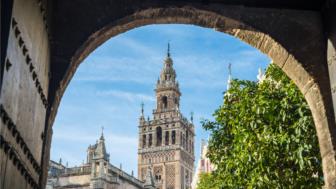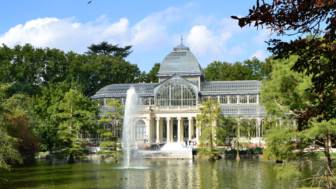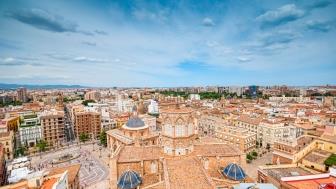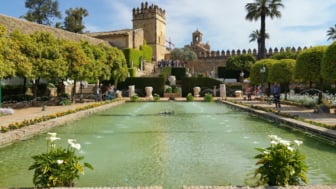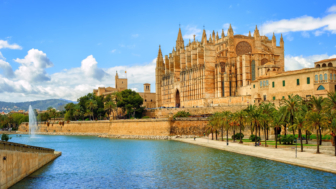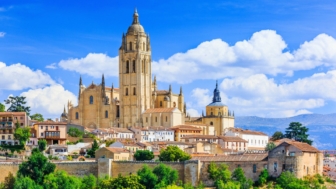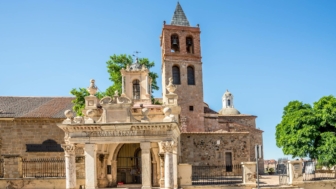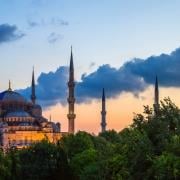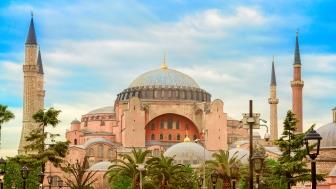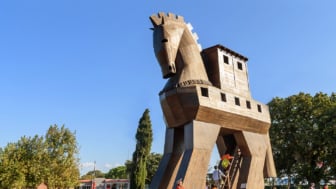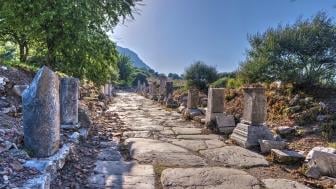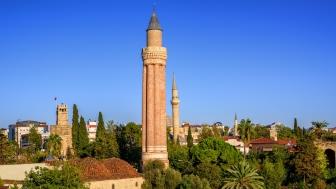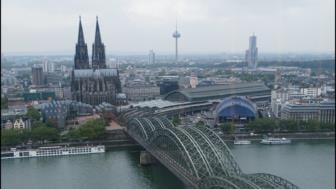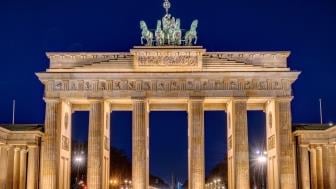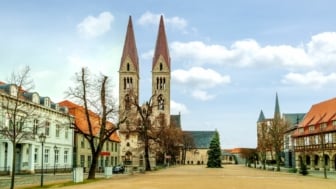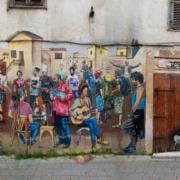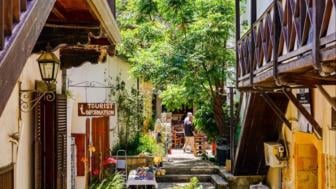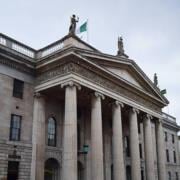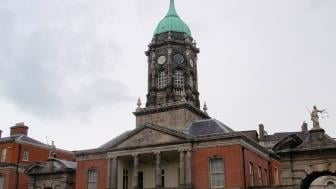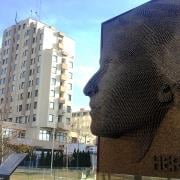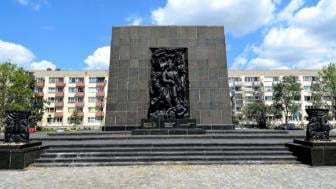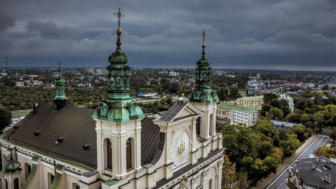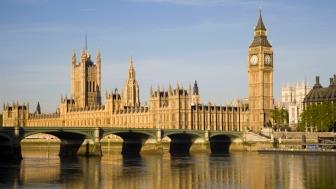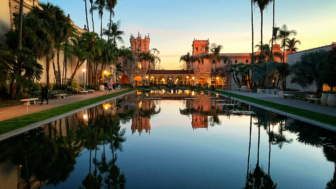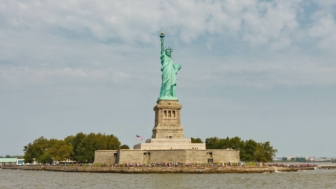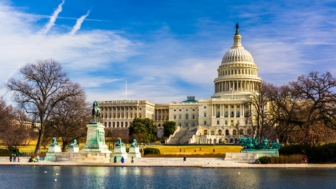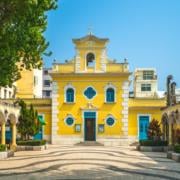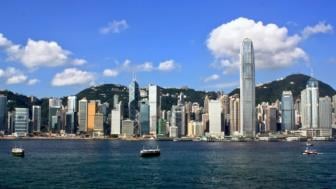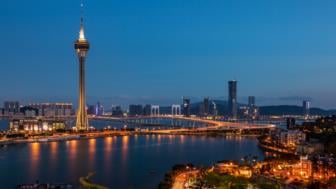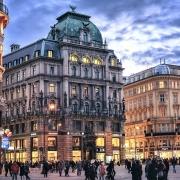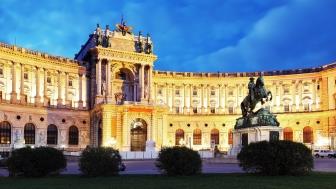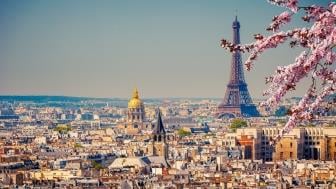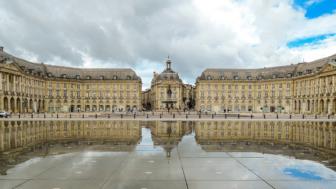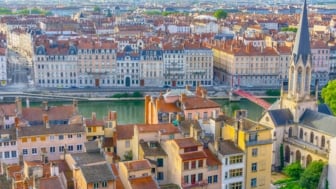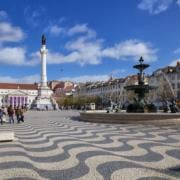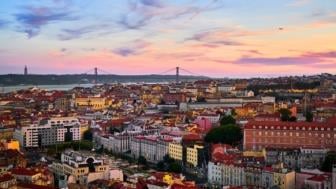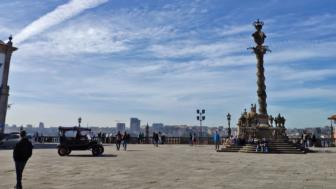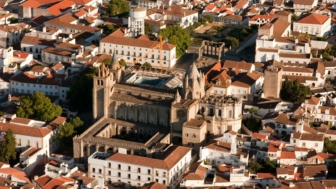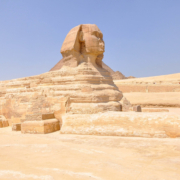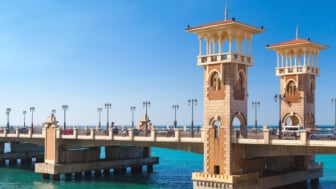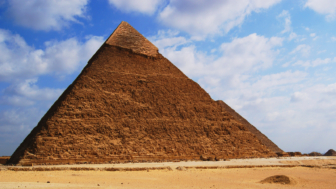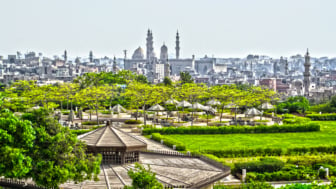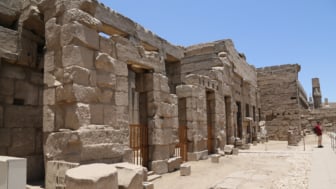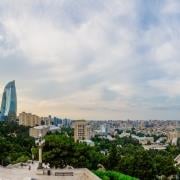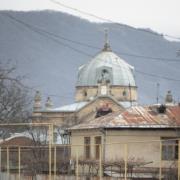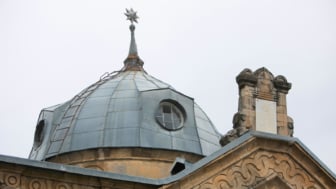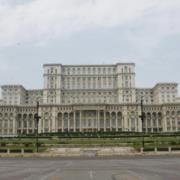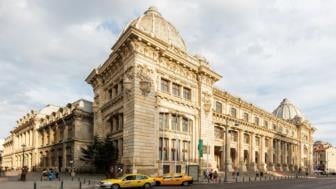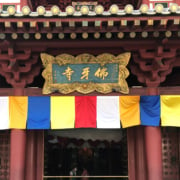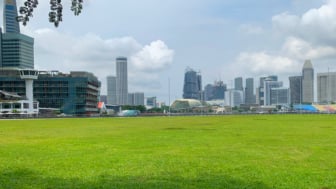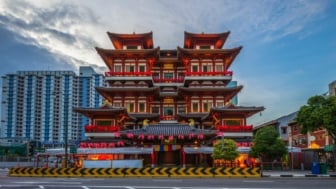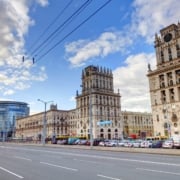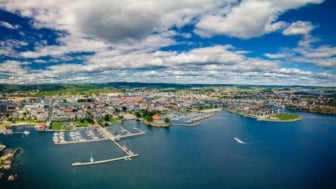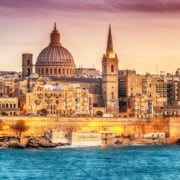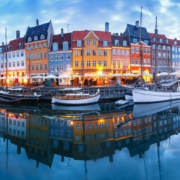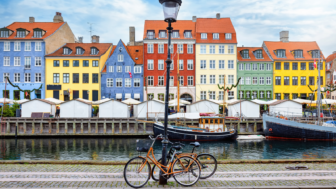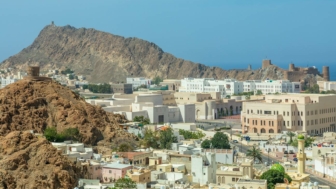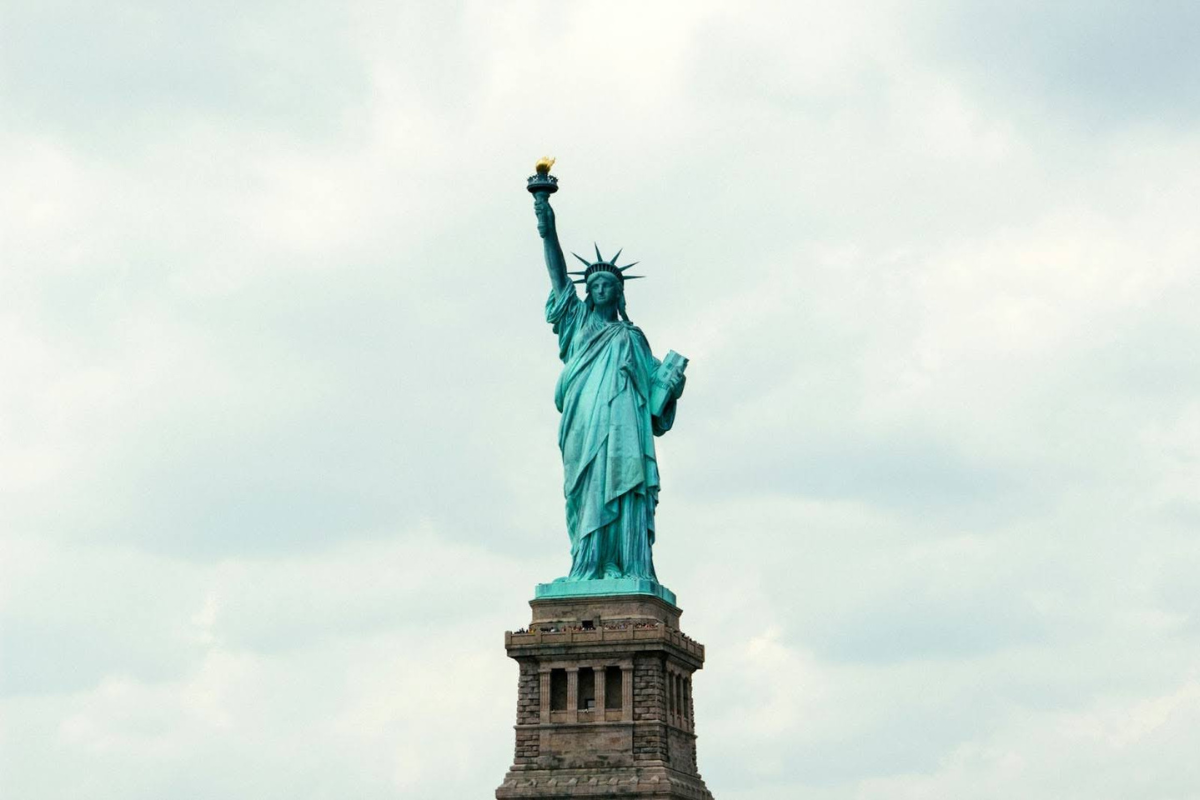Few statues talk, and fewer say something profound when they do. The Statue of Liberty in New York (affectionately known as Lady Liberty) was built in the late 19th century to commemorate the friendship between France and the United States. However, it soon became much more effective as a beacon of freedom, welcoming the poor, the tired, and the huddled masses to a new life in the New World. The story of Lady Liberty is a profound testament to the power of dreams and humanity’s desire and ability to overcome even the most formidable obstacles in the service of a noble cause. A tour of Liberty Island is a must for any visitor to New York. Here are six (true) stories about the statue and the people who laboured night and day to make her a reality.
First story: The Greatest Man in America
Ever since he was a young artist, the French sculptor Frédéric Auguste Bartholdi envisioned the creation of a massive sculpture depicting a female figure carrying a torch. He was inspired by the colossal rock relief figures of Ramesses II he encountered during a journey in Abu Simbel in Egypt. Bartholdi officially announced his project (called “Liberty Enlightening the World”) in September 1875. The French would finance the statue, while the Americans would provide the funds for the pedestal. Its construction occupied Bartholdi’s talent and energy for more than a decade. When Lady Liberty was finally inaugurated, President Cleveland called Bartholdi “the greatest man in America.”
Second story: The Torch
The arm holding the torch was the first segment to be completed as part of the campaign to raise funds and public support for the statue’s construction. Bartholdi exhibited the arm at the Centennial International Exhibition of 1876 in Philadelphia. Most visitors had no idea the torch was part of a giant statue, calling it “Bartholdi’s Electric Light” or simply “Colossal Arm.” Nevertheless, the torch proved a popular attraction, especially after Lady Liberty was unveiled. Climbing to the torch could be a harrowing experience, especially on windy days when the arm swayed wildly (even today, the torch can sway almost five inches side-to-side). The current torch was put in place in 1986 when the original was moved to the adjacent Statue of Liberty Museum.
Third story: Dealing with Mother Nature
The construction of Lady Liberty was a complicated technical challenge. The statue had to withstand the forces of nature and survive the harsh climatic conditions of its exposed location. Wind velocity in New York Harbour could easily lift the whole structure and throw it into the sea. The sculpture had to survive freezing winter temperatures and the relentless summer heat that would expand the metal and pull it out of shape. Finally, the statue would stand on an island surrounded by the ocean; salt spray landing on copper or iron (the primary metals used on the sculpture) could transform the statue into a giant battery.
Bartholdi enlisted the help of Gustave Eiffel (who had yet to design his famous tower in Paris), who spent four years solving every serious engineering problem he could anticipate. He fashioned an elaborate skeleton to let the metal move in the wind. Metal straps secured the skin against heat expansion. A mixture of asbestos and shellac insulated the metal components to address the problem of galvanic corrosion.
Fourth story: Finding the Money
The French public enthusiastically and generously contributed to the construction of Lady Liberty (both members of the elite and schoolchildren gave money to the cause). The French industrialist Eugène Secrétan donated more than half the copper needed (the statue required 200,000 pounds or 91,000 kg of metal). However, the American public was more reluctant to pay for the pedestal of a figure that was supposed to be a gift from the French. Joseph Pulitzer (a massively successful newspaper owner) appealed to his readers to support the cause. The appeal proved remarkably successful. In six months, Pulitzer raised $102,000 from 121,000 individuals, many of whom contributed less than a dollar. In a clever move that raised his paper’s circulation, Pulitzer also published every contributor’s name in the “New York World.”
Fifth story: The New Colossus
Emma Lazarus (1849-1887) was a fourth-generation American poet and translator. In 1883, she reluctantly contributed a poem to an auction of literary works and art designed to raise money for the statue. Lazarus’ poem was called “The New Colossus” and drew inspiration from the ancient Colossus of Rhodes to transform the new female Colossus in New York into a Mother of Exiles, entrusted with protecting and nurturing the victims of oppression. Lazarus’ lines about the tired, the poor, and the huddled masses became significant when countless immigrants raised their eyes to the statue as their ships entered New York Harbor. Modern scholars rightly argue that Lazarus was the first American to make sense of the Statue of Liberty.
Sixth story: Dedication Ceremony
The Statue of Liberty was dedicated on October 28, 1886. The windy day began with a parade through New York City, attended by upwards of a million people. After the parade, the officials joined a massive naval review comprising more than three hundred vessels and sailed to Bedloe’s Island for the actual dedication ceremony. Limited space on the island meant that only two thousand people could attend the ceremony (only two women were allowed). A giant French flag covered the statue’s face.
Bartholdi had ascended to the torch and awaited a prearranged signal to release the rope holding the flag. Unfortunately, the person entrusted with giving the signal misinterpreted a pause in the speech of the president of the American Committee that funded the pedestal and waved his handkerchief prematurely. The statue was dedicated ahead of time. Unfortunately, the weather prevented the spectacular fireworks display to celebrate the event from taking place until four days later. In the words of a journalist, the dedication ceremony was as grand as “a hundred-fourths of July.”


